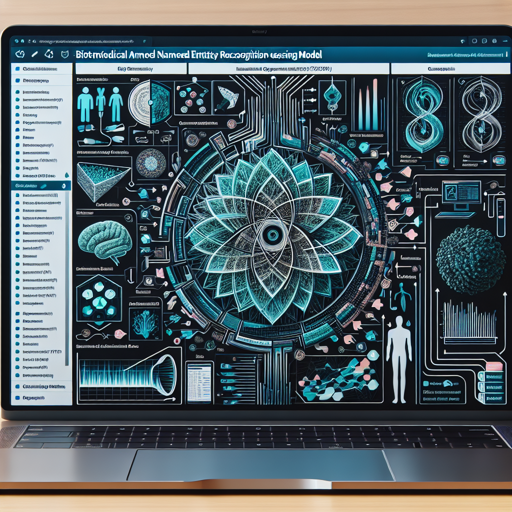In the intersection of artificial intelligence and healthcare, Named Entity Recognition (NER) serves as a powerful tool to extract valuable information from vast amounts of medical data. This blog will guide you on how to utilize the biomedical NER model built on the distilbert-base-uncased architecture, trained specifically for recognizing various biomedical entities from text, using a user-friendly approach.
About the Model
This model is an English Named Entity Recognition solution, meticulously trained on the Maccrobat dataset to identify 107 different biomedical entities in clinical case reports and other text corpora. Leveraging natural language processing, it classifies entities to make them more accessible for analysis. The training process took approximately 30 minutes using a GeForce RTX 3060 Laptop GPU, resulting in carbon emissions of around 0.02794 Kg.
Usage
There are two primary ways to implement this model for your biomedical entity recognition tasks:
- Using the Inference API: The easiest method to work with this model is to load it via the inference API from Hugging Face.
- Using the Transformers Pipeline: The second method involves utilizing the pipeline object offered by the Transformers library.
Step-by-Step Implementation
Below is an illustrative example of loading and using the model with Python:
from transformers import pipeline
from transformers import AutoTokenizer, AutoModelForTokenClassification
tokenizer = AutoTokenizer.from_pretrained("d4databiomedical-ner-all")
model = AutoModelForTokenClassification.from_pretrained("d4databiomedical-ner-all")
pipe = pipeline("ner", model=model, tokenizer=tokenizer, aggregation_strategy="simple") # pass device=0 if using gpu
Understanding the Code with an Analogy
Think of the Named Entity Recognition model as a skilled librarian in a massive library full of medical textbooks. The librarian’s job is to sift through thousands of pages to find specific terms and phrases that are important, such as medical conditions, treatments, or anatomy-related terminologies.
- When we bring our library to the librarian (the model), we first provide the librarian with a list of tools (tokenizer and model).
- The tokenizer is like a catalog that organizes all the books correctly so that the librarian can quickly find what they are looking for.
- Once everything is set up, we turn the librarian loose with the books (the text) and let them start identifying important parts.
- The aggregation strategy is akin to the librarian summarizing the findings by grouping similar terms together for easy reference.
Troubleshooting
If you encounter any issues while using the biomedical NER model, here are some ideas to steer you back on track:
- Model Not Loading: Double-check the model name you input. Ensure it’s correct and consider whether it’s available on Hugging Face.
- Performance Issues: If your code runs slow, try optimizing your hardware setup or check your system’s resource availability.
- Environment Configuration: Make sure you have the appropriate Python environment with all the required libraries installed. You can set up a virtual environment if needed.
- For more insights, updates, or to collaborate on AI development projects, stay connected with fxis.ai.
At fxis.ai, we believe that such advancements are crucial for the future of AI, as they enable more comprehensive and effective solutions. Our team is continually exploring new methodologies to push the envelope in artificial intelligence, ensuring that our clients benefit from the latest technological innovations.
Conclusion
Once you follow the steps outlined above, you will successfully harness the power of the biomedical NER model to enhance your data extraction and analysis capabilities in the medical field. With ongoing advancements in AI, the potential applications for such models are boundless, paving the way for more informed decision-making in healthcare.

